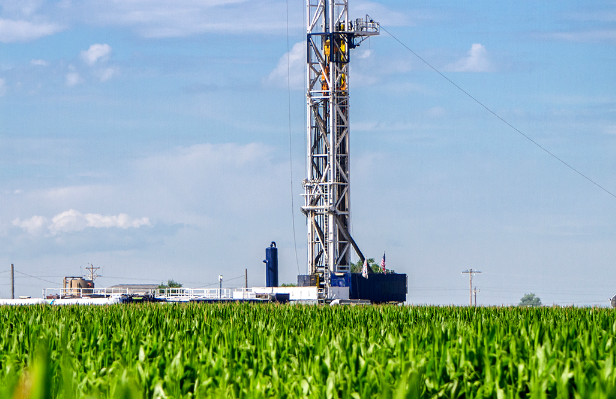Media

Severance Tax Talk is Stunting Investment in Pa.
One tax is emblematic of Pennsylvania’s failure to grow the economy with more government spending: the natural gas severance tax.
Special interest groups have worked for a decade to enact a severance tax on natural gas, even after Governor Corbett approved an impact fee in 2012. We’ve regularly debunked the myth that Pennsylvania drillers are somehow getting a free ride. But proponents of the tax also argue that we should tax the gas because it “isn't going anywhere.” In other words, drillers have no choice but to pay higher taxes because they can’t access plentiful natural gas elsewhere.
For instance, Joel Naroff in a recent Inquirer op-ed argued:
If Pennsylvania imposed a severance tax, the energy firms could not simply pick up and go to a different state. They would face the choice of abandoning their investments or paying the tax. And, because every other state has a severance tax, it is not likely the industry will abandon ship.
The truth is you can’t move the gas under Pennsylvania, but you can move the equipment and the people to friendlier natural gas producing environments.
Taxing an industry simply because it cannot easily avoid a tax is morally wrong. But more importantly, this line of thinking displays a grave misunderstanding of today’s marketplace and the plethora of natural gas basins under exploration throughout the United States.
The Baker Hughes rig count tracks natural gas drilling in 14 states. Their historical data shows drilling companies can and will move rigs and equipment in response to government actions.
There are 82 fewer drilling rigs operating in Pennsylvania last week than in late August of 2011, the height of the drilling boom. Some of the decline is due to the supply glut in the commonwealth, but uncertainty over new taxes and the large backlog of permit applications at DEP also play a role.
As recently as 2016, Range Resources shifted from selling-off all non-Pennsylvania assets to purchasing a Houston company operating in Louisiana. In other words, regulatory and tax uncertainty seems to have driven one company to invest $3 billion in Louisiana instead of in Pennsylvania.
Another sign that businesses are holding Pennsylvania at arms length is the contrast between drilling activity in Pennsylvania and Ohio.
Ohio operates 20 more rigs today than in late August 2011 and twice as many rigs compared to 2013. In just the last year, Ohio’s rig count has more than doubled from 13 rigs last year to 29 this month. In contrast, Pennsylvania added just 12 rigs or a 63 percent increase since last year.
Is it any wonder drillers are ramping up production more quickly in Ohio–which levies an effective severance tax of 1.3 percent, compared to PA’s 1.4 percent–and is not embroiled in controversy over pipeline and permit delays?
Texas, too, has increased its rig count by 158 percent compared to late August 2016. West Virginia doubled its rig count, and Louisiana added 22. On average, the rig count for natural gas producing states is up 122 percent from last year.
If Pennsylvania insists on making itself less competitive by levying an additional tax on natural gas, companies will simply invest in other states.